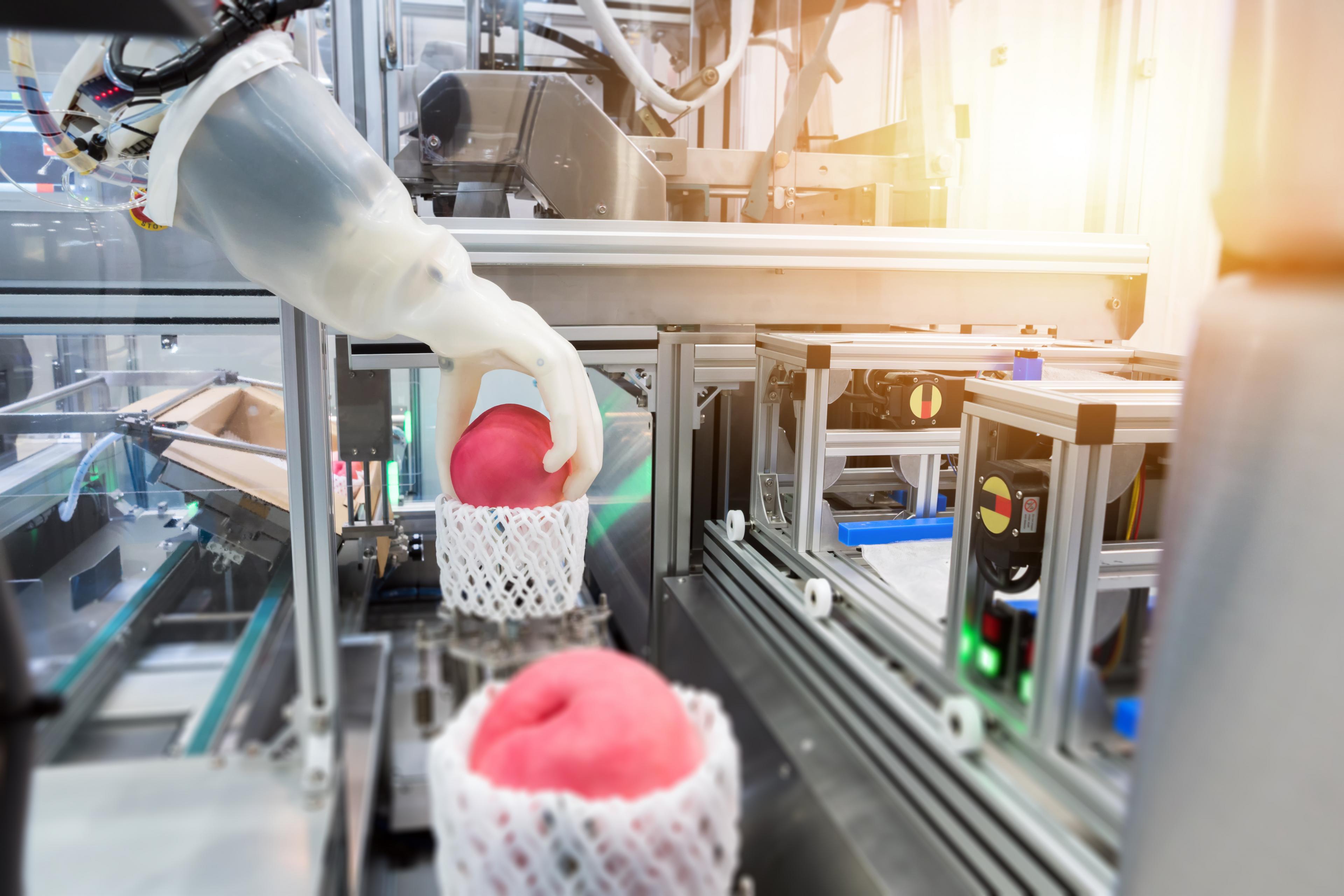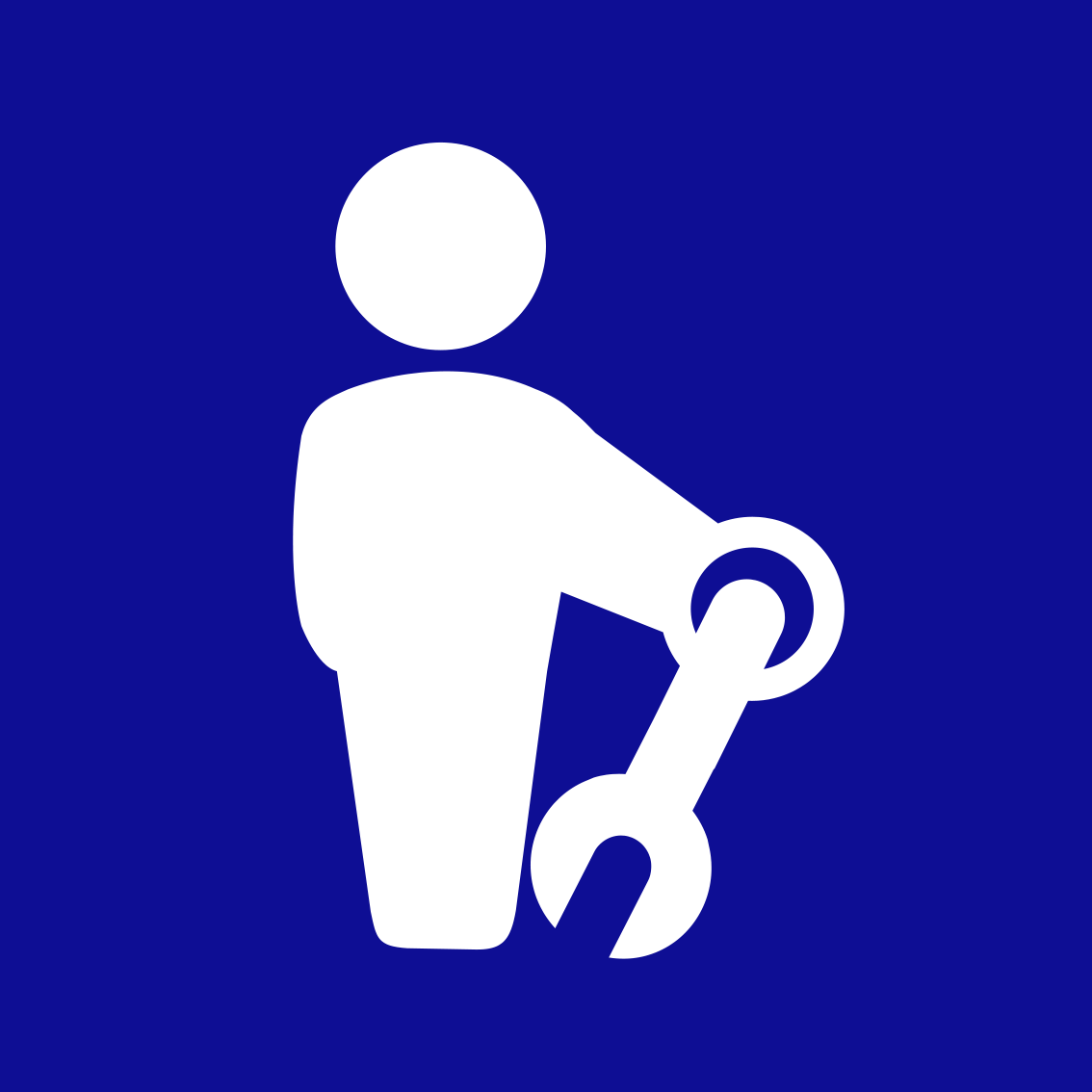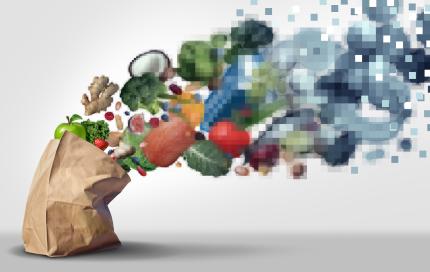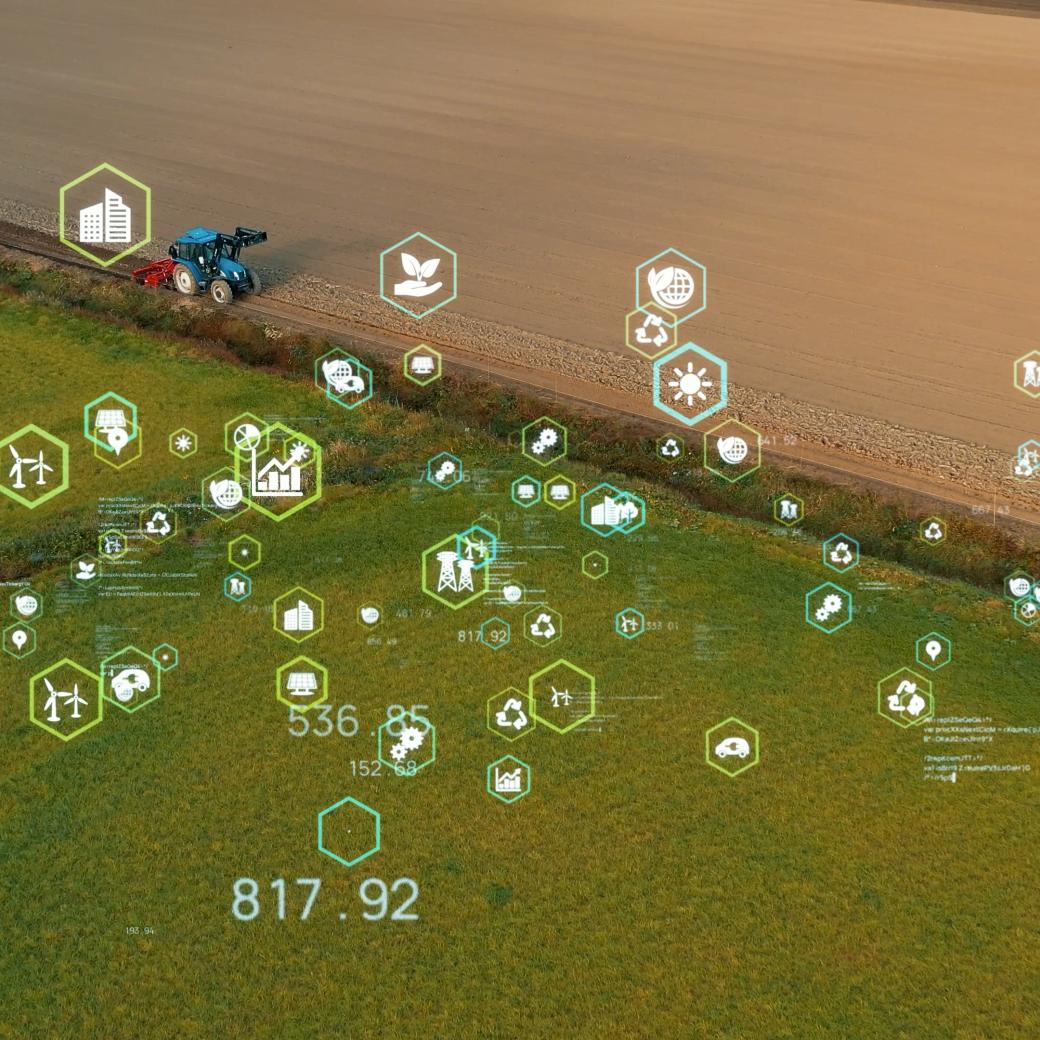ColRobFood

Towards an accelerated introduction of collaborative robots in the food industry
Why this project?
Food companies today are being confronted more and more with increased product variety and the demand to produce faster and cheaper without compromising on quality. Moreover, finding and keeping qualified personnel is becoming more difficult. To remain competitive, the production equipment must be transformed into a flexible, responsive and adaptable system with high quality and optimum circumstances for employees and focussing on their well-being.
The production process in food companies still has quite a large number of manual operations that require a great deal of manpower but have little added value for the product. Traditional automation (typical industrial robot installations) is often not a solution due to the high investment costs, increased product variation, decreased series size and the need for technical personnel. Collaborative robots, developed to work together with humans in a safe manner, provide a potential answer to the above-mentioned challenges for food companies.
Research approach
Cobots also offer food companies a potential solution to the challenge of automating a number of manual operations in a flexible and rather simple manner.
ColRobFood is a collective research project (type VIS-CO) that wants to examine a number of specific challenges still facing cobot:
- “Hands for the cobot”: products with various geometric and surface structure must be manipulated (e.g. praline with crumble). Standard grippers are often unsuitable. Specific multifunctional grippers (food-grade, washable, etc.) are needed to efficiently manipulate a large range of products. Examples of this include multifunctional 3D-printed grippers that are currently used for specific applications in the food sector.
- “Eyes for the cobot”: the operator not only manipulates the products but also often carries out a quality check. The cobot must be equipped with a vision system to 1) identify the products for manipulation and 2) where possible, check the quality of the product (independently or together with the operator). This can range from simple RGB cameras to more high-tech 3D cameras or spectral systems.
- “Touch for the cobot”: certain actions require a sense of touch (e.g. grasping and moving fruit, pralines, etc.) to ensure the products are not damaged (both when grasping and positioning). The cobot must be equipped with sensitive technology (e.g. strength/torque sensors) to manipulate a range of products in a suitable manner.
- Safe and efficient collaboration between human/robot: the cobot must be implemented as a technological assistant to the operators who carry out valuable work (e.g. quality control). This must occur in a safe environment. The workstation must be redesigned with the necessary focus on safe human/robot collaboration. In addition, there must be sufficient focus on easily implementable solutions: the programming effort must remain limited.
Target group and expected results
The“ColRobFood” project is geared towards production companies in the food sector and the integrators/technology providers in the world of flexible automation.
The goal of this project is to bring both target groups closer together by, on the one hand, demonstrating the application possibilities of collaborative robots (cobots) and, on the other hand, making implementation in the food sector more accessible.
The “ColRobFood”project is aimed at the development and validation of several building blocks, concepts, proof of concept demonstrators and practical guidelines for the accelerated introduction and integration of cobots in the food industry. The project results must make it possible to bring cobot applications with great potential and immediate short-term impact to the companies (lower the threshold and accelerate rollout).
Project partners
This project is a collaboration between Sirris and Flanders' FOOD.
Articles








